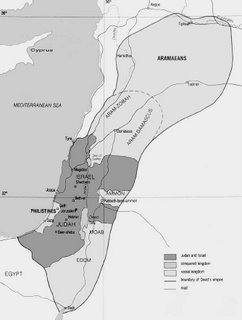
For the question of the War in Heaven, the fall of Satan and his later career, Jutta suggests this article from the Catholic Encyclopedia, which is pretty comprehensive, and has hyperlinks to several other related topics. A few snippets:
Despite numerous references to Satan in the Old Testament, the encyclopedia notes,Mention is made of the Devil in many passages of the Old and New Testaments, but there is no full account given in any one place, and the Scripture teaching on this topic can only be ascertained by combining a number of scattered notices from Genesis to Apocalypse, and reading them in the light of patristic and theological tradition. The authoritative teaching of the Church on this topic is set forth in the decrees of the Fourth Lateran Council (cap. i, "Firmiter credimus"), wherein, after saying that God in the beginning had created together two creatures, the spiritual and the corporeal, that is to say the angelic and the earthly, and lastly man, who was made of both spirit and body, the council continues:
"Diabolus enim et alii dæmones a Deo quidem naturâ creati sunt boni, sed ipsi per se facti sunt mali." ("the Devil and the other demons were created by God good in their nature but they by themselves have made themselves evil.")Here it is clearly taught that the Devil and the other demons are spiritual or angelic creatures created by God in a state of innocence, and that they became evil by their own act.
it is remarkable that for an account of the fall of the angels we must turn to the last book of the Bible.The sole Biblical official account of the war in Heaven, which presumably preceded the Creation we read of in Genesis, is found in the last book of the New Testament.
On the question of when the fall of Satan occurred, we find this:
As might be expected from the attention they had bestowed on the question of the intellectual powers of the angels, the medieval theologians had much to say on the time of their probation. The angelic mind was conceived of as acting instantaneously, not, like the mind of man, passing by discursive reasoning from premises to conclusions. It was pure intelligence as distinguished from reason. Hence it would seem that there was no need of any extended trial....To modern readers the notion that the sin was committed in the second instant of creation may seem scarcely less incredible than the possibility of a fall in the very first. But this may be partly due to the fact that we are really thinking of human modes of knowledge, and fail to take into account the Scholastic conception of angelic cognition. For a being who was capable of seeing many things at once, a single instant might be equivalent to the longer period needed by slowly-moving mortals.There's a good deal more there. And more images of Michael here.


